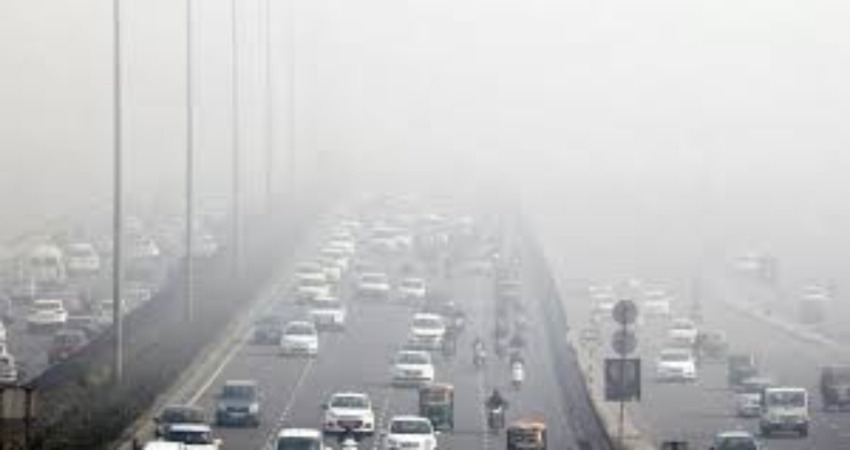 Delhi Air Pollution: A Looming Crisis and Potential Solutions
Delhi Air Pollution: A Looming Crisis and Potential Solutions
Introduction: The Alarming State of Delhi’s Air Quality
Delhi, the bustling capital of India, is currently grappling with a severe air pollution crisis that shows no signs of abating. With an Air Quality Index (AQI) consistently exceeding 400, the city is shrouded in a toxic haze, posing significant health risks to its residents. Despite various measures taken, including odd-even schemes and water sprinkling, the AQI remains alarmingly high, prompting the government to explore innovative solutions.
The Artificial Rain Initiative: A Glimmer of Hope
In a bid to combat the escalating pollution levels, the Delhi government, in collaboration with IIT Kanpur, has proposed a unique solution – artificial rain. This groundbreaking approach aims to artificially induce rainfall, potentially offering respite from the hazardous air quality. The government has scheduled a significant hearing in the Supreme Court on Friday to present this plan, underscoring the urgency of the situation.
Challenges and Hurdles: Is Artificial Rain the Ultimate Solution?
While the idea of artificial rain holds promise, several challenges need addressing. The primary concern is the efficacy of this method. Can artificial rain substantially reduce the particulate matter suspended in the air, providing Delhiites with a breath of fresh air? Additionally, environmentalists and experts are raising questions about the environmental impact of such interventions. Balancing the immediate need for clean air with long-term ecological sustainability is a pressing dilemma.
Protecting the Vulnerable: School Closures and Public Health
The severity of the situation is evident from the preemptive steps taken by the government. Delhi has already declared winter holidays in schools from November 9 to 18, aiming to shield school-going children from the harmful effects of air pollution. This decision, coupled with the potential artificial rain initiative, reflects the government’s commitment to safeguarding public health.
The Parali Problem: Addressing Crop Residue Burning
Apart from vehicular emissions and industrial pollutants, crop residue burning, particularly in neighboring states like Haryana, exacerbates Delhi’s air pollution. The thick smoke from burning crop residues engulfs the region, adding to the existing pollution burden. Collaborative efforts between states and stringent measures to curtail this practice are vital to mitigating Delhi’s air quality crisis effectively.
Conclusion: A Call to Action
In conclusion, Delhi’s air pollution crisis demands immediate and collective action. The proposed artificial rain initiative, coupled with measures to curb crop residue burning and vehicular emissions, could pave the way for cleaner air. However, it is crucial to balance short-term solutions with sustainable, long-term environmental policies. As we eagerly await the outcome of the government’s efforts, it is incumbent upon citizens, policymakers, and environmentalists to work together in the fight against Delhi’s hazardous air pollution.
 Suspense Crime Sach Ka Dam
Suspense Crime Sach Ka Dam


